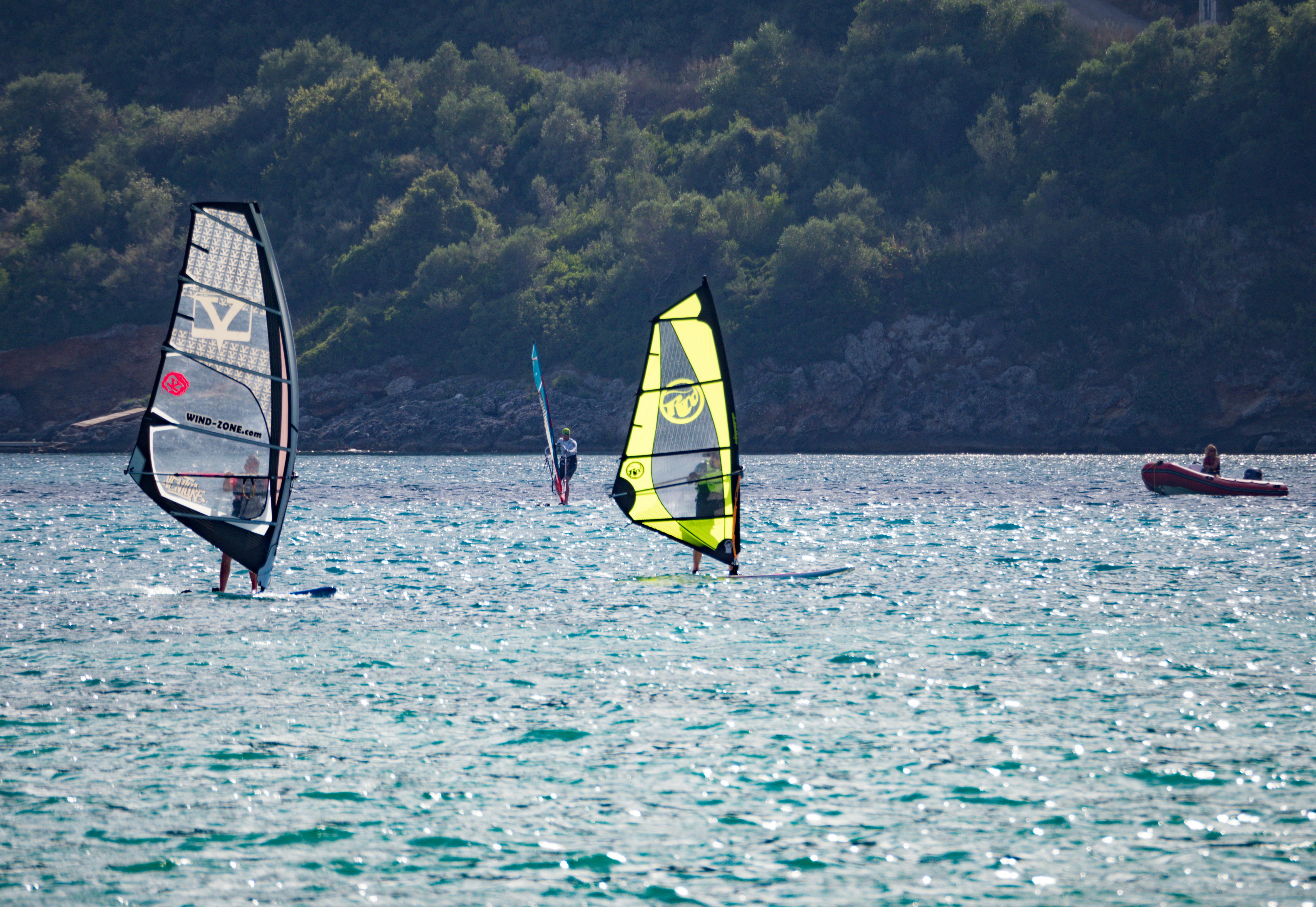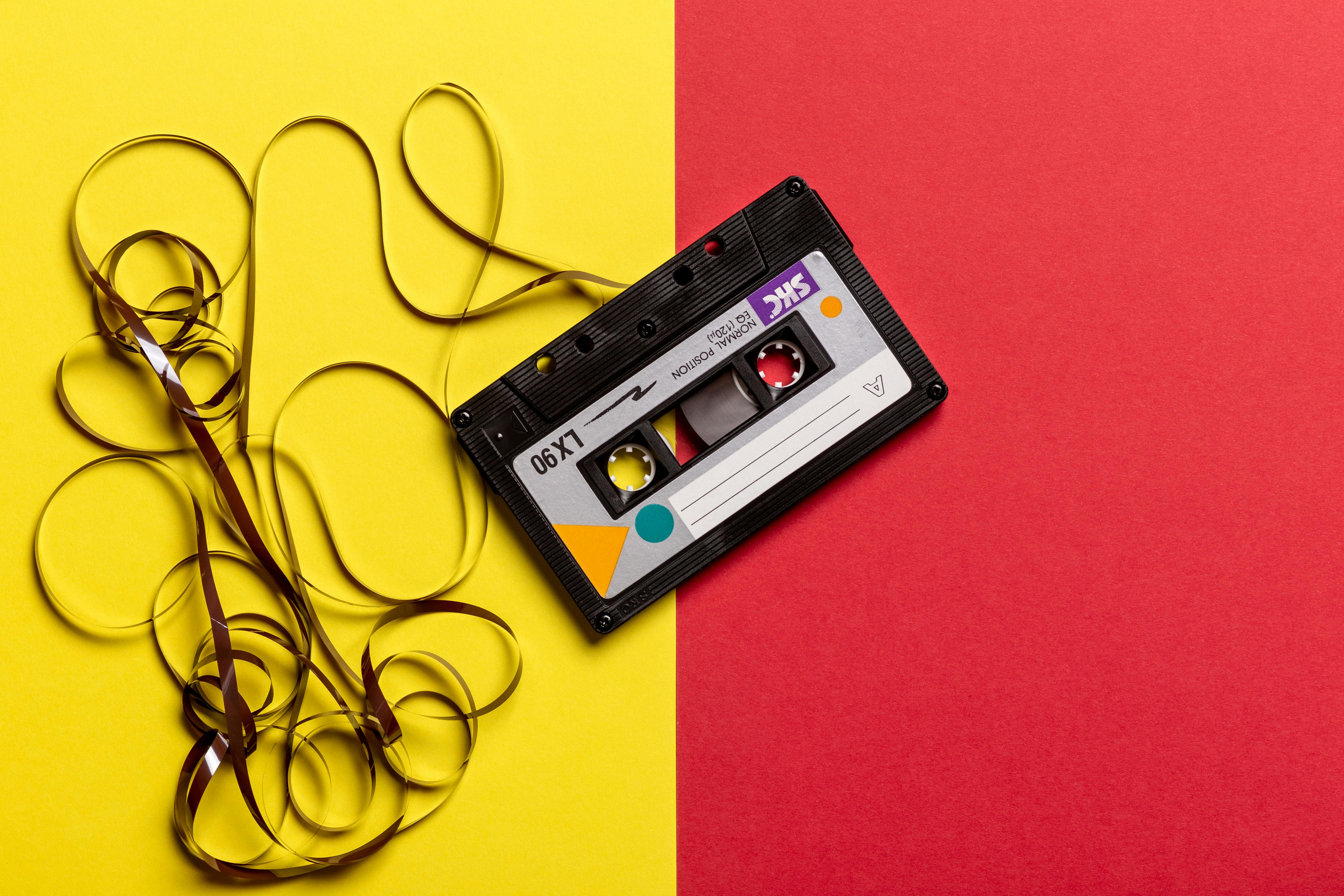The 411 on pagers
Technological advances are constant and changing. In fact, it’s hard to keep up with all the new releases, updates, and developments as they come out, usually when we’ve only just discovered the latest device we’ve bought. Sometimes it seems like an IT degree would be helpful in operating our smartphones. Since most of the population carries a cell phone these days, we have been led to believe that we are always connected and have developed a false sense of security along with a true sense of dependency on phones. Increasingly, our town and city governments have switched from the tried and true pagers of the past to cell phones for employees. The question we should be asking ourselves about this change is: “Is that really the best option?”
The use of pagers began in the 1950s and proved to be a very reliable form of communication, especially for those industries that were involved in emergency situations such as: doctors, nurses, firefighters, police, EMTs, and other first responders. Just as cell phone technology has advanced, so has pager technology. Pagers are still available in a one-way version, but they are also available in a two-way version that is equivalent to texting on a cell phone, one of the most common uses of cell phones today. Pagers now also have Internet and email capabilities. Despite these similarities to cell phones, the pager’s biggest differences and advantages over a cell phone remain reliability, coverage, cost, and functionality.
The pagers work with normal alkaline batteries. Battery life on a pager can last anywhere from several months to a year. A cell phone, particularly newer smartphones, have short battery life from a few hours to maybe a full day if very few apps are running. In an emergency where there is no access to electricity or the ability to charge a cell phone, the reality that the phone can provide any assistance or security is nil. The pager, on the other hand, is dependent and will not need charging or electricity to work.
The other problem that many mobile phone users face is the reliability of receiving a signal. Without a signal, the cell phone is as useful as a Walkman in an emergency. There may be some music on the MP3 to listen to while the battery lasts, but forget about being able to contact someone for help. Pagers do not have the same reception problems as cell phones because pagers work very differently. The pager operates with a radio signal that has higher strength and larger coverage area of up to 60 miles, in comparison, the network signal for cell phones is usually only 10 miles. With such a small coverage area, cell phones literally compete for their signals from their sporadically placed towers to do a cell phone function, that is the reason why there are call drops, lack of coverage especially in rural areas or within buildings and network overload. Pagers are not subject to these poor reception issues and will work in areas where cell phones are dead.
Cost is another major difference between cell phones and pagers. How much was your last cell phone bill? The answer probably depends on the minutes used, the features of the phone, the plan, how many text messages were sent, and a variety of other complicated costs that go into that long and detailed billing record. Pagers, on the other hand, cost much less for the equipment itself and there is no way for employees to abuse minutes, texts or downloads. It is estimated that employees regularly waste an average of one hour a day on personal calls and another hour on personal Internet time. With pagers this simply cannot happen, costs are set and known every month and this is a huge benefit to any business or government that has to cut costs, especially in this tenuous economic environment where everyone is struggling. The question employers should be asking is, how many employees really need cell phones for their jobs? This is something that every company and government agency must analyze and evaluate. In most situations pagers will be just as effective and definitely cheaper and certainly less intrusive in a work environment.
Natural disasters and acts of terrorism have never been more in the news than in recent years. The public has watched with tears in their eyes as civil servants, first responders and emergency personnel struggle with communication problems and chaos at the scenes. The real problems are evident as these people cannot communicate through cell phones, through the Internet, which also becomes obsolete when electricity and connectivity are compromised, and even two-way radios that are not compatible, since that each group maintains channel integrity as normal. of operation. Pagers are again the solution to all these communication nightmares as they were designed to spread information to the masses at the same time. In the event of a downed tower, a temporary tower can be erected quickly, easily, and literally on the back of a truck with a gas generator. This is not the case with a cell phone tower.
There are many reasons pagers have been around and used by people who depend on them in life and death situations for over fifty years. Pagers are easily portable, will work in the worst of situations, whether natural or man-made, deliver critical information to the people who need it most, and won’t break the bank doing so. Pagers will work when you need them and can provide the kind of benefits that serve their user over and over again in a very functional and necessary way. Pagers may not be the sexiest tech toy on the market today, but should employees be at work playing on their smartphones or working and getting their jobs done efficiently, effectively, and affordably? That is the real question! And we all know the real answer!



